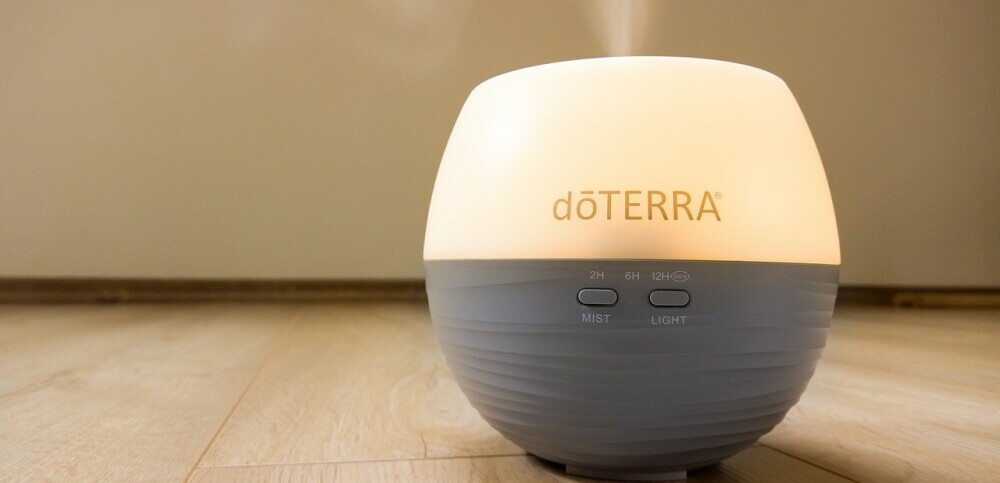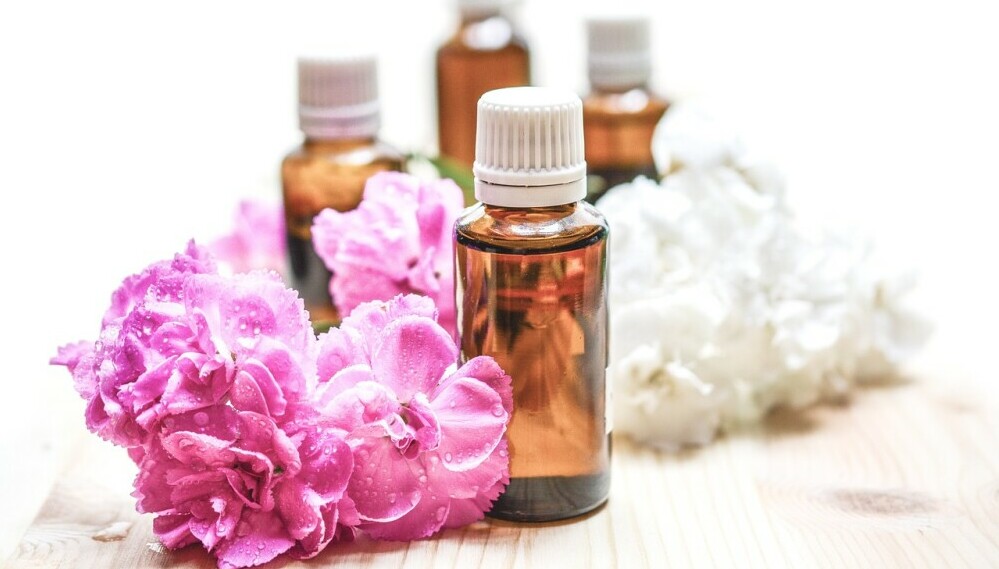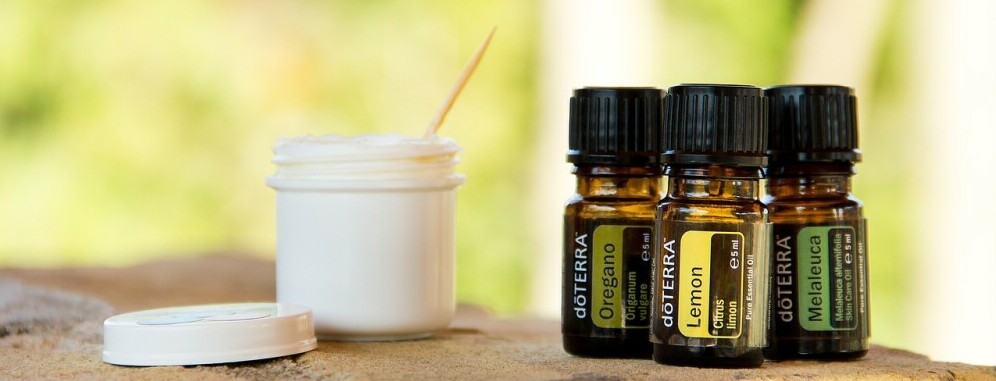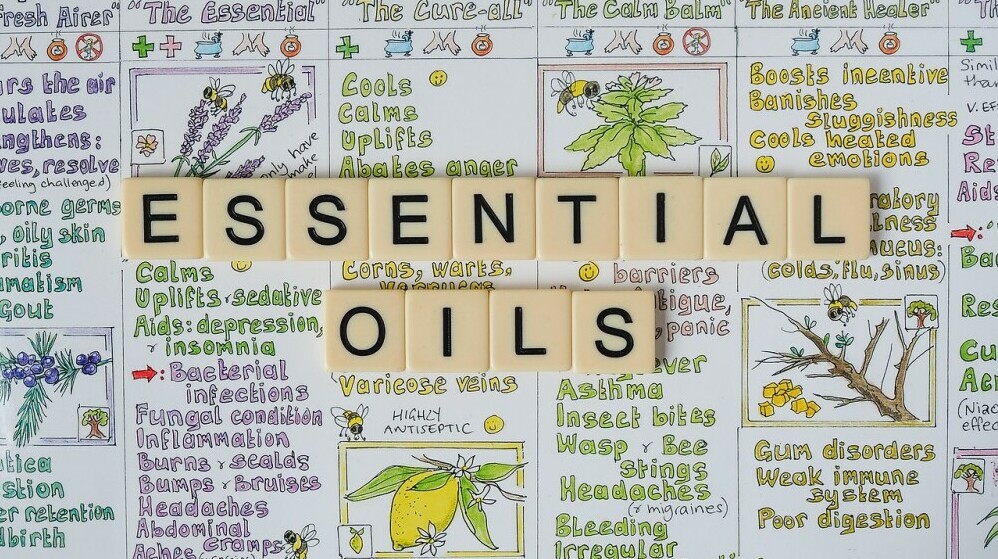
I’m going to give you a glimpse into one of my favorite topics: the enchanting world of essential oils. These aren’t just trendy items on the shelves of wellness stores; they’re time-honored extracts with a storied past that spans continents and cultures. Essential oils have made quite a journey, from ancient cosmetic recipes to modern-day therapy sessions aimed at managing cancer symptoms.
So, what exactly are essential oils? They’re potent plant extracts that may help improve sleep, aid digestion, decrease anxiety, ease headaches, and more. Extracted through steam distillation or cold pressing, essential oils capture the concentrated ‘essence’ of a plant’s fragrance and flavor, which can then be used in various ways to promote well-being.
Historically, these oils made their debut in ancient India, Persia, and Egypt. Egyptians were incorporating aromatic oils into cosmetics and medicines as far back as 4500 B.C., which is pretty wild, right? Across the waters, traditional Chinese and Indian medicine utilized these oils between 3000 and 2000 B.C., showing us that the therapeutic use of plant essences has been a global affair for millennia.
The term ‘aromatherapy’ may sound fancy, but it’s essentially the practice of using these aromatic materials, including essential oils, for physical and physiological wellness. It’s not a new-age concept; in fact, it’s been around for centuries and was considered so fundamental to the plants’ characteristics that they were deemed ‘essential.’
Now what about the ‘accidental’ birth of modern aromatherapy in the West? Credit goes to French chemist Ren-Maurice Gattefoss who, in 1928, turned his fascination into a formal science after an incident with lavender oil helped heal his burn. Despite Gattefoss’s contributions, it wasn’t until the 80s that aromatherapy began to sprout its roots in the U.S.
That’s going to include a look at the continuing scientific exploration into the potential health benefits of essential oils. Researchers are keen to decipher how these fragrant compounds might encourage health and well-being, from reducing stress and pain to combating sleep disturbances and mood conditions.
The Science of Scents: How Essential Oils Impact Our Well-being

Imagine a droplet of lavender or peppermint oil wafting through the air, reaching your nose, and triggering a cascade of physiological effects. That’s the science of scents at work. Essential oils are much more than just pleasant aromas; they’re complex compounds that can have profound impacts on our well-being. But how exactly do these fragrant essences do their magic? That’s what I’m going to unravel in this section.
The manufacturing of essential oils typically involves steaming or pressing plant parts, capturing the essence of a plant’s fragrance and therapeutic properties. Once produced, these oils can be inhaled, applied topically with a carrier oil, taken orally in certain cases, or used to enhance household products. The method you choose matters because it determines how the oil interacts with your body.
So what happens when you inhale these aromatic molecules? They travel up your nose and interact with scent receptors. That’s just the beginning. The real magic starts when these signals reach your olfactory nerve, which acts as a direct hotline to your brain. In particular, your limbic system—the brain area associated with emotions, memory, and arousal—gets stimulated, potentially influencing your mood and even bodily functions.
While the oils themselves don’t penetrate the brain, the reaction they invoke can affect different aspects of brain function. Take lavender, for example. It’s believed to affect the brain in ways similar to sedative medications, promoting a sense of calm. Scientific scrutiny is ongoing, however, as researchers seek longer-term studies to establish consistent benefits for the nervous system or psychological concerns.
Not stopping at inhalation, essential oils also demonstrate effects when applied to your skin. Due to their low molecular weight and fat solubility, they can penetrate the bloodstream and elicit whole-body effects. It’s a fascinating interplay between plant chemistry and human biology, highlighting a synergy that has been harnessed for centuries, yet still holds mysteries today.
But let’s stay grounded in what we know: whether inhaled or applied on the skin, the outcomes tend to be quite similar. What’s essential is understanding these pathways and ensuring we’re using oils in a way that not only smells good but also contributes to our health and wellness. This understanding paves the way for incorporating essential oils into everyday life for their therapeutic benefits, which I’m going to guide you through in the next section.
Navigating the Use of Essential Oils for Therapeutic Benefits
Now, let’s navigate your understanding of how to harness the therapeutic benefits of essential oils. You’re going to find out about the safest and most effective ways to integrate these potent plant extracts into your wellness regime.
Many people are turning to essential oils as a complementary therapy to conventional treatments. They’re not just about pleasant aromas; essential oils may also support physical and psychological well-being when used correctly.
Inhaling essential oils, which is the essence of aromatherapy, allows the molecules to interact with scent receptors in the nose. This stimulates the olfactory nerve and can impact various brain functions, notably mood and stress levels. In my opinion, it’s one of the simplest and quickest ways to experience the effects of essential oils.
Alternatively, essential oils can be applied to the skin. It’s important to note that they should be diluted with a carrier oil to prevent skin irritation. The skin absorbs these oils, allowing them to enter the bloodstream and work their magic from within.
A variety of healthcare professionals, including doctors, nurses, and holistic practitioners, now incorporate essential oils into their patient care. This is a testament to their growing recognition in the field of health and wellness. Don’t worry too much about trying to navigate this by yourself; there’s ample guidance available on how to safely incorporate essential oils into your daily life.
Quality Matters: Selecting the Right Essential Oils for You

You’re going to find out about the significance of choosing quality essential oils; it’s not just about the scent, it’s also about the therapeutic value they offer. When it comes to essential oils, purity and potency are key. You want to make sure you’re getting the best bang for your buck, right?
It’s crucial to understand that not all essential oils are created equal. Some might be diluted with synthetic fragrances or other additives that can diminish their effectiveness and might even cause allergies or irritations. To avoid this, always look for essential oils that are labeled as 100% pure, therapeutic grade. This indicates that the oil has been distilled and processed to maintain its natural properties without any adulteration. My go to brand is DoTerra Essential Oils, I have been an avid user since 2017. Find out more about this magnificent company here: https://referral.doterra.me/5306400 if you are interested.
Understanding dilution and carrier oils is another aspect you can’t afford to overlook. Essential oils are highly concentrated and can often be too potent to apply directly to the skin. By mixing them with carrier oils like coconut or almond oil, you create a safe concentration that’s ideal for skin application. Plus, it helps in spreading the oil over a larger surface area on the skin, which is perfect for a massage or general application.
It’s often tempting to ingest essential oils, especially when you hear about their internal health benefits. Please proceed with caution here. Always consult with a healthcare provider before consuming any essential oils because some can be toxic when ingested. In my opinion, it’s better to stay on the safe side with topical or inhalation methods unless directed by a professional, and you are 100% confident in the efficacy and purity of the oils you are using.
When you’re out there picking essential oils, go for companies with a transparent and accountable sourcing and manufacturing process. This means looking for brands that provide detailed information about where their plants come from, how the oils are extracted, and whether they’ve undergone rigorous quality testing. If you want to, you can also look into user reviews or ask for recommendations in aromatherapy communities online to see which brands are trusted for their quality and ethical practices.
Crafting Your Aromatherapy Journey: Practical Applications at Home

Embarking on an aromatherapy journey is a deeply personal and engaging experience. I’m going to show you how to bring the transforming power of essential oils into your everyday life, harnessing their benefits for your health and well-being.
You’re going to find out about blending your unique combinations. Choose something that resonates with you, whether you seek calmness from lavender or invigoration from peppermint. Remember, the key is understanding that each essential oil has its profile of effects, and how you use them can enhance their impact.
Creating a tranquil environment in your home doesn’t need to be complicated or expensive. Start with a simple diffuser, add a few drops of your chosen essential oil, and allow the fragrance to fill your space and soothe your senses.
For those of you wanting to tackle specific health concerns such as headaches or digestive issues, I’ll guide you through DIY blends. Using base oils like coconut or jojoba, mix in the right essential oils to create a potent remedy that you can apply to pressure points or affected areas.
Integrating essential oils into your daily routine doesn’t have to be an all-or-nothing approach. You can always adjust your strategy as you go, learning what scents work best for you at different times. It’s about maintaining a balance and building a habit that contributes to your overall wellness.
Cultivating a practice with essential oils is not just about enjoying their scents; it’s about creating a moment of self-care. Whether you’re using them to wind down at night, refuel during the day, or find a moment of peace amidst a hectic schedule, essential oils can be a powerful ally on your journey toward holistic health.
Here’s a little transparency: Our website contains affiliate links {in this case a referral link}. This means if you click and make a purchase, we may receive a small commission. Don’t worry, there’s no extra cost to you. It’s a simple way you can support our mission to bring you quality content.
